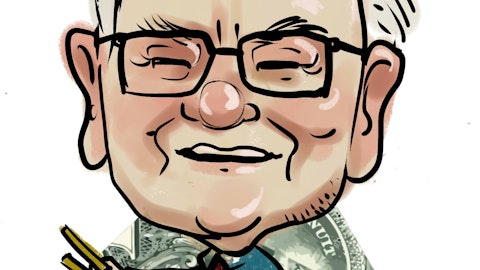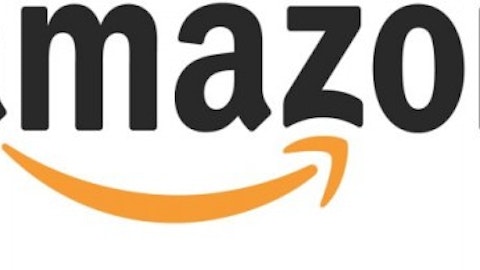Do investors have a reason to worry?
Based on Abbott’s second-quarter earnings report released last month, I would give a resounding “No!” Abbott’s EPS came in well ahead of its own previous guidance, and the company stuck to its previous full-year forecast and added a $3 billion share buyback as icing on the cake. The key to Abbott’s success is its emerging-market sales, which rose by 13% in the latest quarter. If Abbott can continue to diversify its sales to overseas markets, there’s no reason it can’t head even higher.

Source: Arte & Fotografia.
Philip Morris International Inc. (NYSE:PM)
Why are short-sellers avoiding Philip Morris International?
Not to sound like a broken record here, but with Philip Morris International we get a lot of the same qualities described in the previous two companies. Philip Morris International is a global tobacco-products producer, so it commands excellent pricing power in all of the regions it operates while spreading out the governmental risk of tighter smoking controls that plague the United States tobacco industry. In addition, it pays out a handsome yield nearing 4% and has a beta well below one. There’s no real incentive for short-sellers to pile into a company that’s globally diversified and supplies an addictive but legal substance.
Do investors have a reason to worry?
As in the previous cases, I don’t believe so. In fact, if you’re going to invest in the tobacco sector, Philip Morris appears to be the hands-down best play. It has excellent geographic diversity and has shown on countless occasions that it can boost prices to make up for currency or volume shortfalls. In its recently reported second quarter, we saw this pricing power in action: Cigarette shipment volume dipped 2.6% excluding the Philippines, but net revenue excluding negative currency translation actually rose 0.5% because of higher cigarette prices. So long as Philip Morris International has solid pricing power, short-sellers had better keep their distance.

Source: Sean, Flickr.
The Coca-Cola Company (NYSE:KO)
Why are short-sellers avoiding Coca-Cola?
I knew it was just a matter of time before we finally ran into some overlap, but beverage behemoth Coca-Cola has managed to find its way into the most loved lists for both the Dow Jones Industrial Average and the S&P 500. As I noted earlier this week, one of the primary reasons short-sellers avoid Coca-Cola is its geographic diversity; it operates in all but two countries around the globe. Coca-Cola is the world’s most valuable brand, according to Interbrand, and it has one of the most widely recognized products, so pessimists aren’t going to see a huge fluctuation in bottom-line results, even in a recession.
Do investors have a reason to worry?
As you may have guessed, my investment thesis on Coca-Cola hasn’t changed in two days, and it may not change for another decade or longer. With roughly half of all billion-dollar non-alcoholic beverages in its portfolio and an incredibly predictable level of cash flow, Coke doesn’t give short-sellers much to latch on to. Even though soda consumption in the U.S. declined last quarter, Coke still managed to deliver volume gains on a global basis thanks to emerging-market volume growth. I don’t see a viable reason to bet against Coca-Cola.





